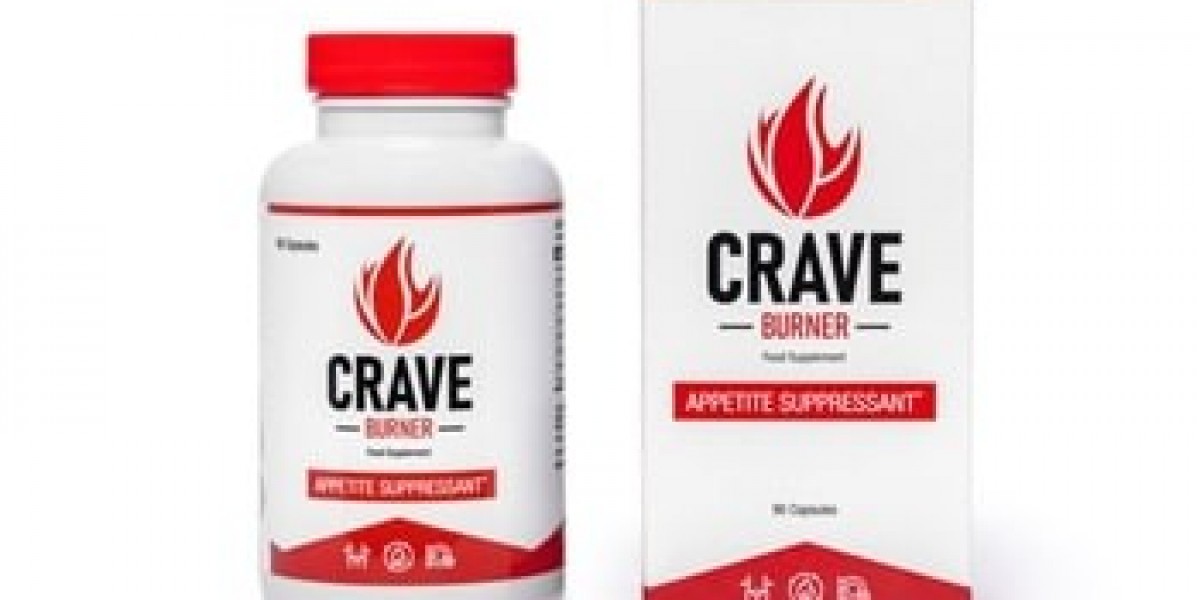Regional Trends
Here are the key regional insights as of 2024-25:
| Region | Market Share / Size Highlights | Trends & Drivers |
|---|---|---|
| Asia-Pacific (APAC) | Asia-Pacific led with about 40.76% share of global meat packaging in 2024. The APAC market was valued at USD 21.18B in 2024 (up from 19.8B in 2023). Also in “fresh meat packaging” segmentation, Asia-Pacific accounted for 42.4% revenue share in 2023. | Rapid urbanization, rising disposable incomes, growing meat consumption (especially poultry), increasing organized retail & cold chain infrastructure, rising regulatory requirements for food safety. Also, demand for modern packaging technologies (MAP, vacuum skin packaging etc.). |
| North America | Significant share; U.S. market projected to reach about USD 14.02 billion by 2032. North America often leads in adoption of advanced packaging technologies, sustainability, active/smart packaging. | High regulatory standards for food safety, high consumer expectations for freshness and quality, strong cold chain infrastructure, high per capita meat consumption; also strong demand for convenience, ready-to-cook/ready-to-eat meats. |
| Europe | Europe is forecast to grow at a solid rate (variously 5%) in many reports.The European market is also noted for stricter sustainability / environmental regulation. | Consumer awareness about environmental impact, strict waste/packaging laws (e.g., EU packaging waste directives), demand for recyclable and compostable packaging, growth of premium / clean label meats, demand for locally / ethically produced meat. |
| Middle East & Africa / Latin America | Lower share compared to APAC, North America and Europe, but growing. Increased demand especially in halal meat markets, improving distribution infrastructure. | Growth driven by rising populations, urbanization, expansion of retail chains and cold-storage capability; however challenges like cost, logistics, regulatory enforcement remain. |
Market Segments (XYZ)
Here “XYZ” denotes typical segmentation axes such as by Meat Type, Material Type, Packaging Technology / Format, Product Type, Distribution Channel etc. Here are the most relevant segments with latest insights:
By Meat Type
Poultry (chicken etc) tends to dominate, owing to its lower cost, rising consumption especially in APAC, and relatively easier preservation needs.
Beef, Pork, Seafood follow, with growing demand for pork and beef in certain regions. Seafood packaging is also a growing niche.
By Material Type
Plastics (e.g. Polyethylene PE, Polypropylene PP, Polyvinyl Chloride PVC, Polyamide, EVOH, BOPP etc) dominate, especially for fresh and processed meats. PE is especially popular for its moisture barrier, cost-effectiveness, transparency etc.
Other materials gaining traction: Paper & Paperboard, Bagasse, Polylactic Acid, Biodegradable / Compostable Plastics, perhaps metal for certain uses.
By Packaging Technology / Format
Modified Atmosphere Packaging (MAP) is often the leader in terms of market share among types of packaging technologies. It helps extend shelf life substantially.
Vacuum Skin Packaging (VSP), Vacuum Thermoformed Packaging (VTP), Shrink films / trays / lidding films also used depending on product, freshness requirement, and visual appeal.
By Product Type / Application
Fresh meat vs Processed meat vs Frozen meat – fresh usually larger revenue share, especially in regions with strong cold chain.
Formats: trays, bags & pouches, films & laminates, clamshells, lidding etc.
By Distribution Channel
Traditional retail / supermarkets remain large, especially in established markets.
Rapid growth of online grocery / e-commerce especially post-COVID, driven by demand for home delivery, convenience, safety.
Top Players (AB)
Here “AB” denotes major companies / competitors. These are the leading firms in the meat packaging market, with major global footprints, innovation, and strategic moves:
| Company | Key Strength / Strategy | Notable Recent Moves |
|---|---|---|
| Amcor plc | Large global packaging footprint, strong in flexible packaging; investing in sustainable / recyclable materials. Also made a major acquisition of Berry Global ( $8.43B) in an all-stock deal in November 2024 to further strengthen its position. | |
| Sealed Air Corporation | Known for protective packaging, barrier films, innovation in shelf life extension; strong presence in MAP, vacuum technologies. | |
| Berry Global Inc. (now part of Amcor) | Strong in plastic packaging, flexibility in formats, global scale. The acquisition by Amcor is a key consolidation. | |
| Crown Holdings Inc. | More specialized, often in rigid packaging, metal containers, possibly trays etc. | |
| Mondi Group | Known for sustainable material innovation, paper / board packaging, barrier films etc. Moves toward more recyclable materials. | |
| Coveris Holdings S.A., Winpak Ltd., Smurfit Kappa, Silgan Holdings Inc. etc. | Secondary but significant players, often regionally strong or strong in certain packaging formats. |
Also noteworthy: Viscofan (specialized in meat casings), Sonoco Products, others listed in reports.
Get Your Sample Report Now:- https://straitsresearch.com/report/meat-packaging-market/request-sample
Market Drivers
Several forces are pushing the meat packaging market forward:
Increasing Global Meat Consumption – Growing populations, rising incomes especially in developing countries are increasing demand for meat (poultry, pork, beef). This increases demand for reliable packaging.
Food Safety & Shelf Life Extension – Regulatory pressure, consumer awareness, and desire to reduce food waste push adoption of technologies like MAP, vacuum packaging, intelligent packaging etc.
Convenience & Retail Trends – Demand for ready-to-cook, ready-to-eat, portioned and convenience packaging; growth of online grocery boosting need for robust packaging.
Cold Chain & Infrastructure Improvements – As cold storage, transportation, and refrigerated retail improve in many regions (especially APAC, Latin America), fresh meat packaging becomes more viable and demanded.
Sustainability & Environmental Regulations – Consumers plus governments are pushing for recyclable, compostable, reduced plastic, mono-materials etc. Innovators who can develop lower carbon footprint packaging have advantage. Challenges
Despite the growth, there are obstacles:
Regulatory Complexity & Food Safety Standards tend to be strict and vary by region; compliance can increase cost and complicate design/manufacturing.
Raw Material Price Volatility (plastics, barrier films, etc.), both cost and supply variations, can hurt margins.
Environmental Concerns & Plastic Waste – Pushback on single-use plastics, increasing regulation on packaging waste, recycling challenges. Some materials that are cheap may be under scrutiny, leading to shifts.
Logistics & Cold Chain Constraints in less developed regions – ensuring freshness and safe handling is harder where infrastructure is weak.
Consumer Preference for Freshness over Packaged Meat in some markets – in many developing regions, many consumers prefer freshly cut or unpackaged meat; convincing them on packaged options with advantages (hygiene, shelf life) is sometimes difficult.
Cost Pressures – Premium packaging, sustainable materials often cost more; balancing cost vs price sensitivity is a challenge.
FAQs
1. What is the current size of the global meat packaging market?
Estimates vary depending on scope (fresh + processed, inclusive/exclusive of certain formats etc.). One estimate (Fortune Business Insights) is USD 51.95 billion in 2024
2. What is the expected growth / CAGR going forward?
Approximately 6.49% CAGR from 2025-2032 according to Fortune. Other sources show slightly lower ( 4-5.5%) CAGRs depending on segment or region.
3. Which segment leads: fresh meat vs processed meat vs frozen?
Fresh meat tends to hold the larger share in many markets, especially where cold chain infrastructure is strong. Processed meats are also significant, and frozen is important in very long-distance or climate-challenged markets.
4. What packaging technologies are most used / fastest growing?
Modified Atmosphere Packaging (MAP) is the leading technology, followed by vacuum skin packaging (VSP) etc. Technologies that help extend shelf life, maintain safety, reduce waste are growing fastest.
5. Which materials are leading / which are emerging?
Plastic materials (various types) dominate currently. However, recyclable and compostable materials, mono-materials, paper/board, bio-plastics are emerging due to environmental concerns.
6. Who are the key players?
Top players globally include Amcor plc, Sealed Air Corporation, Berry Global Inc. (now being absorbed into Amcor), Crown Holdings Inc., Mondi Group, Coveris Holdings, Winpak Ltd., Smurfit Kappa, Silgan Holdings, etc.






